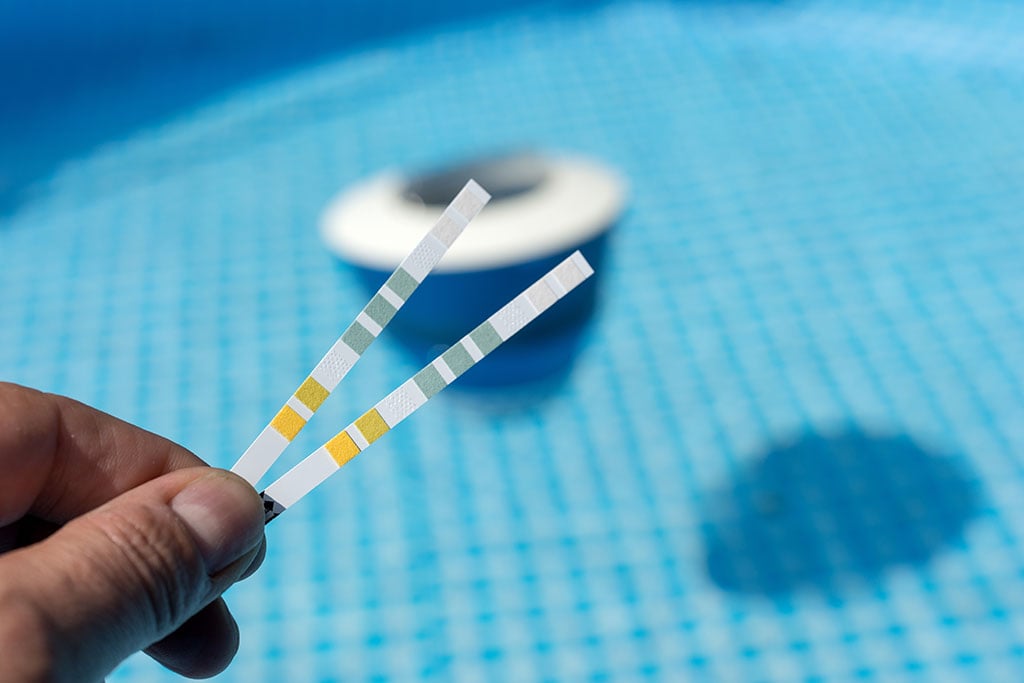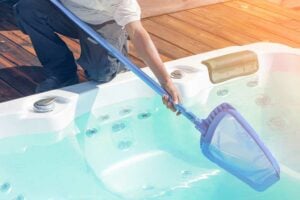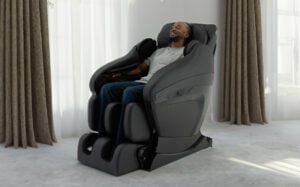Are you new to home spas and hot tubs? You may think that as long as the water looks clear and clean, everything is fine. Truth be told however; you must test and balance the water’s alkalinity and pH for everything to be safe and enjoyable.
Not checking the pH level in a hot tub – as well as the failure to maintain other levels properly – can end up costing spa owners lots and lots of money where repairs are concerned, and diminish the enjoyment of their home spa.
Are you wreaking havoc on the equipment in your hot tub by mistaking odorless, crystal-clear water for perfectly balanced water chemistry? They are not necessarily one and the same.
Let’s find out how to prevent costly damage as a result of improperly balanced water chemistry.

PH Levels
Water can become acidic if the pH level is too low. This can lead to spa equipment and plumbing corrosion. Because the oxidizing shock you use in your hot tub naturally decreases pH, low pH is not uncommon. With each use, the pH is gradually lowered. But why is oxidizing shock necessary?
To prevent cloudy water and break up dead organic matter, oxidizing shock is an important part of spa maintenance. Numerous bacteria and cloudy water would be the result of dead organic matter remaining in your hot tub without this shock.
So, to alleviate your low pH problem, you can’t simply stop using oxidizing shock. You can raise pH without raising alkalinity with the right chemicals.
Every 1 to 2 weeks, you should be testing your spa water. Per your test strip readings, always balance your alkalinity and pH. Between 7.2 and 7.6 is where the ideal pH range/reading should lie.
Alkalinity
Your hot tub equipment may begin to experience scale formation if your alkalinity is above 120 ppm and pH is above 7.6. Premature failure of hot tub heating elements is most often caused by scale.
But low alkalinity can be a problem, as well. From one extreme to another, your pH balance will fluctuate if low alkalinity is present. During a spa start up, this is the basic reason that you adjust your alkalinity first. It will be a lot easier to balance your water once this is accomplished. Check below for the proper alkalinity level.
Additional Levels and Ranges
Depending on the type of water system in your hot tub, levels, chemicals, ranges, etc., will differ. In addition to your hot tub’s pH level, here are a handful of other levels and ranges that generally apply:
- 150 to 250 ppm – calcium hardness
- 80 to 120 ppm – total alkalinity
- 0 to 4.0 ppm – bromine
- 0 to 3.0 ppm – chlorine
How Hard Could It Be?
The reality of making sure your hot tub water is balanced – for most hot tub owners – does not usually present a major problem. From region to region, however, water types can vary greatly.
Your neighborhood may depend on well water while another area functions courtesy of municipal water supplies. It can sometimes be difficult to balance alkalinity, pH, and more thanks to elements/minerals found in local water supplies.
Need a hot tub? Got questions? Here’s where to turn: AquaVision Pool & Spa. Try checking out our spa FAQ page or contacting us if you have questions.



 by
by 
